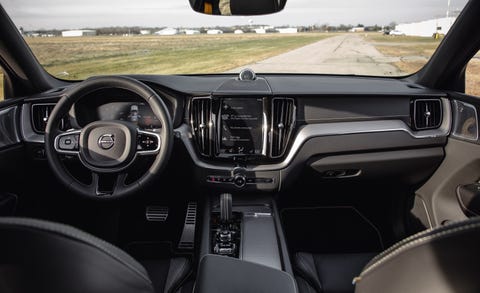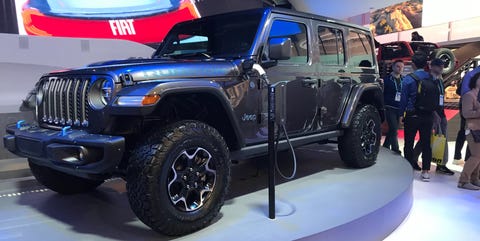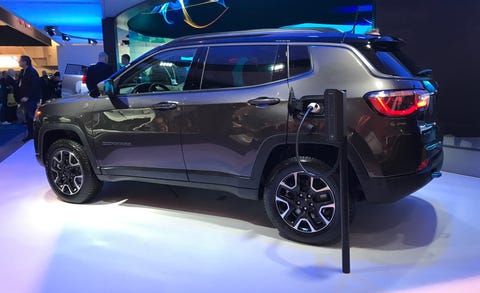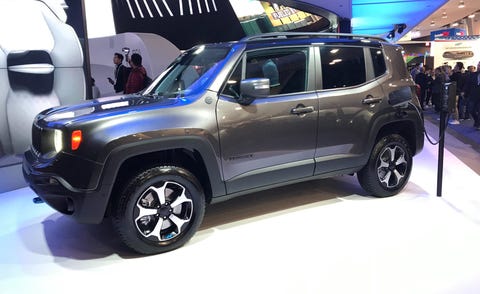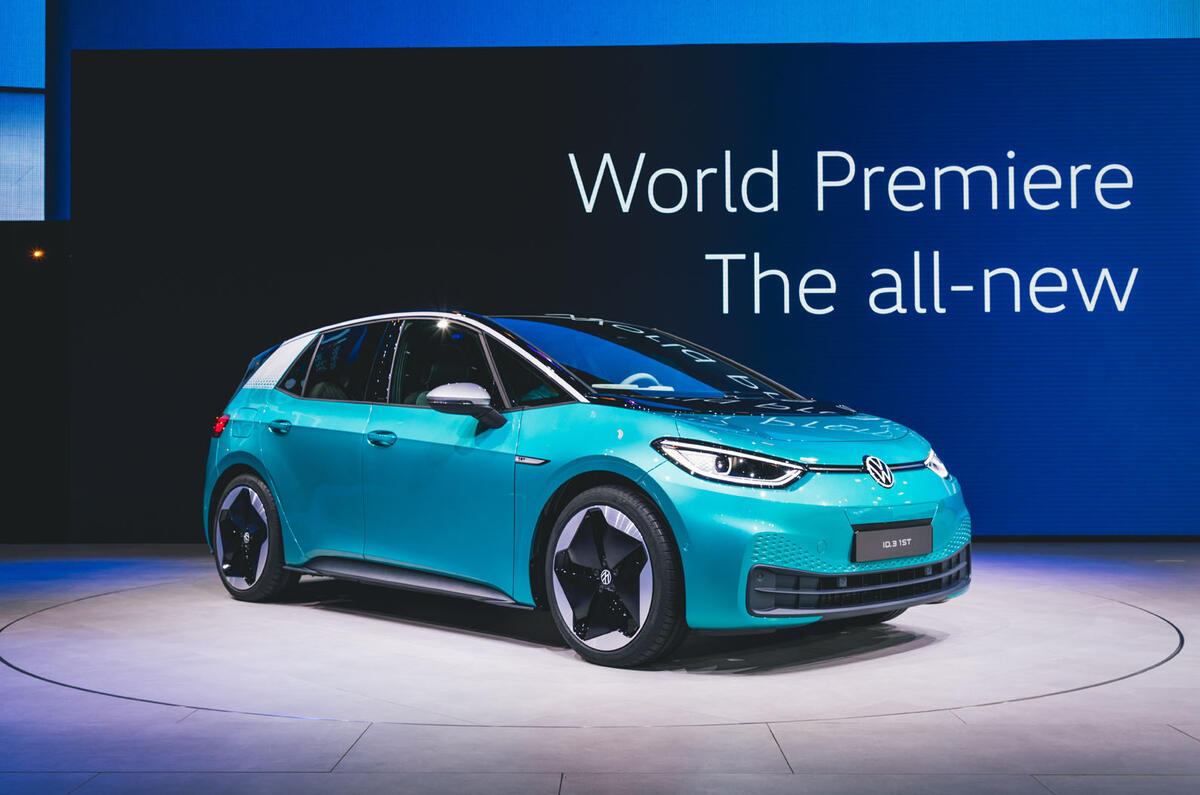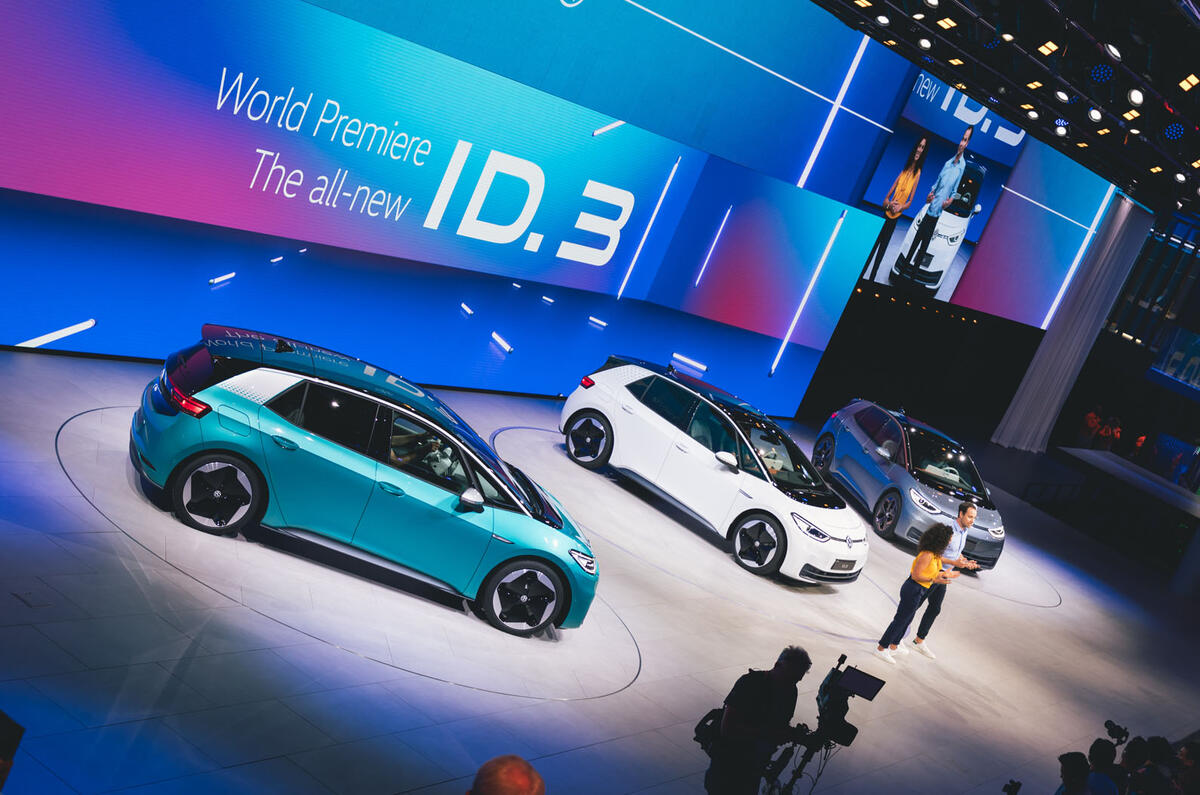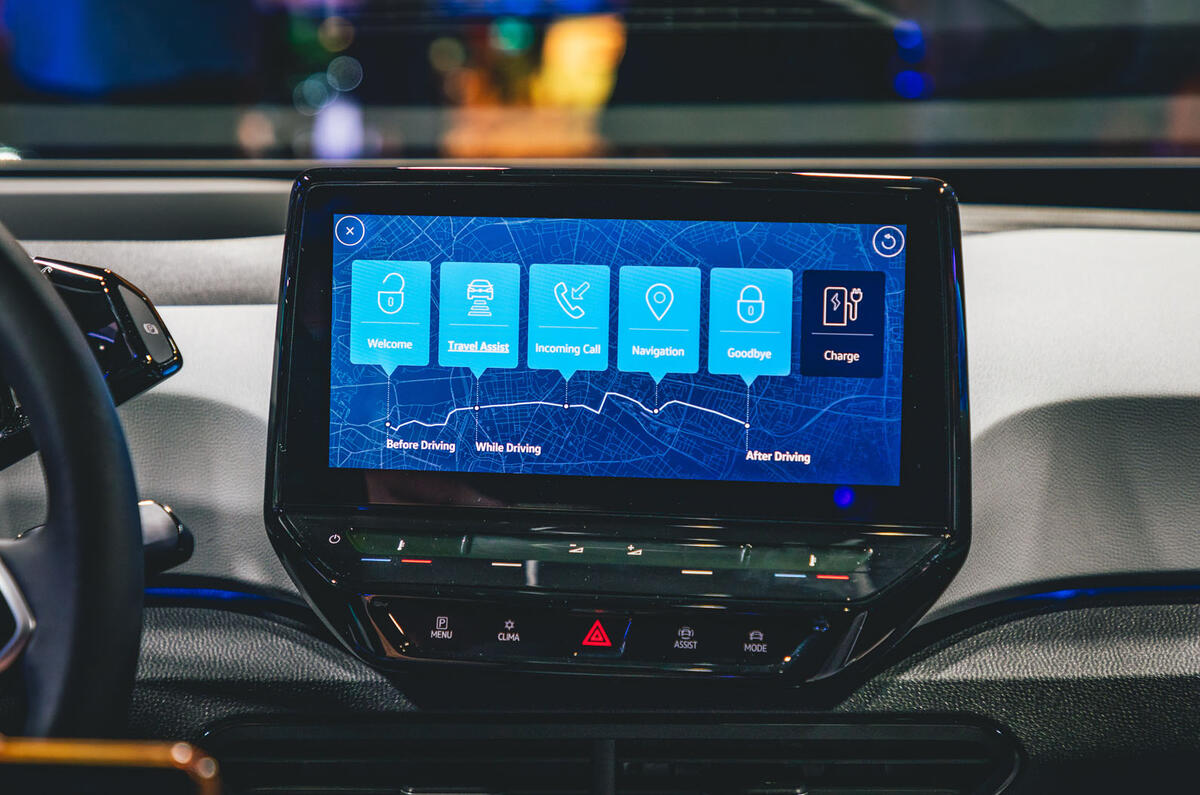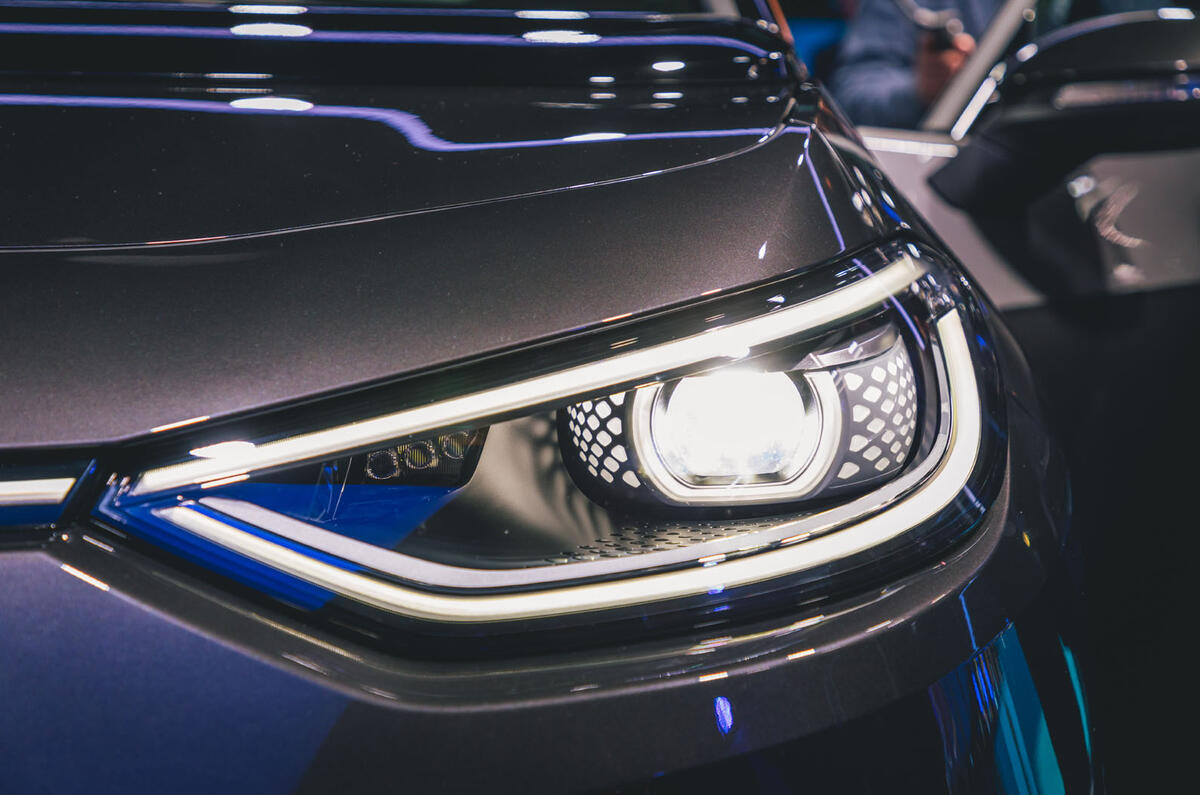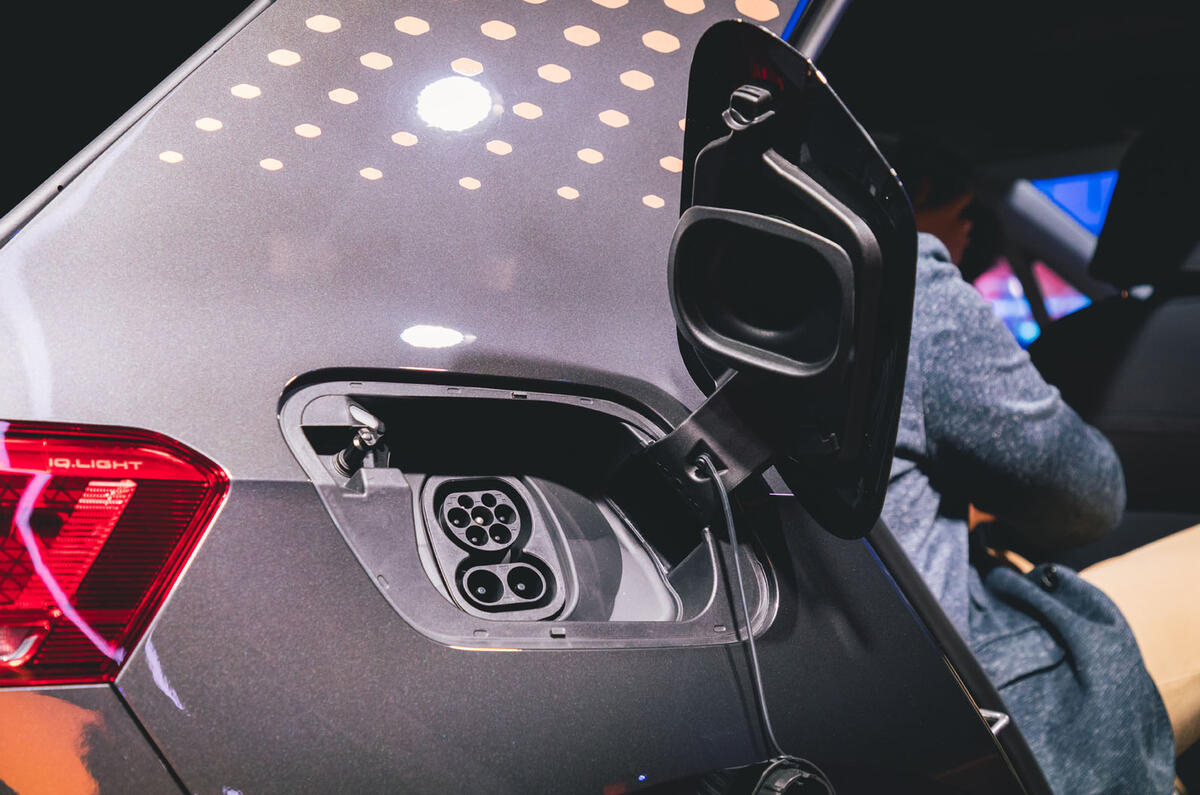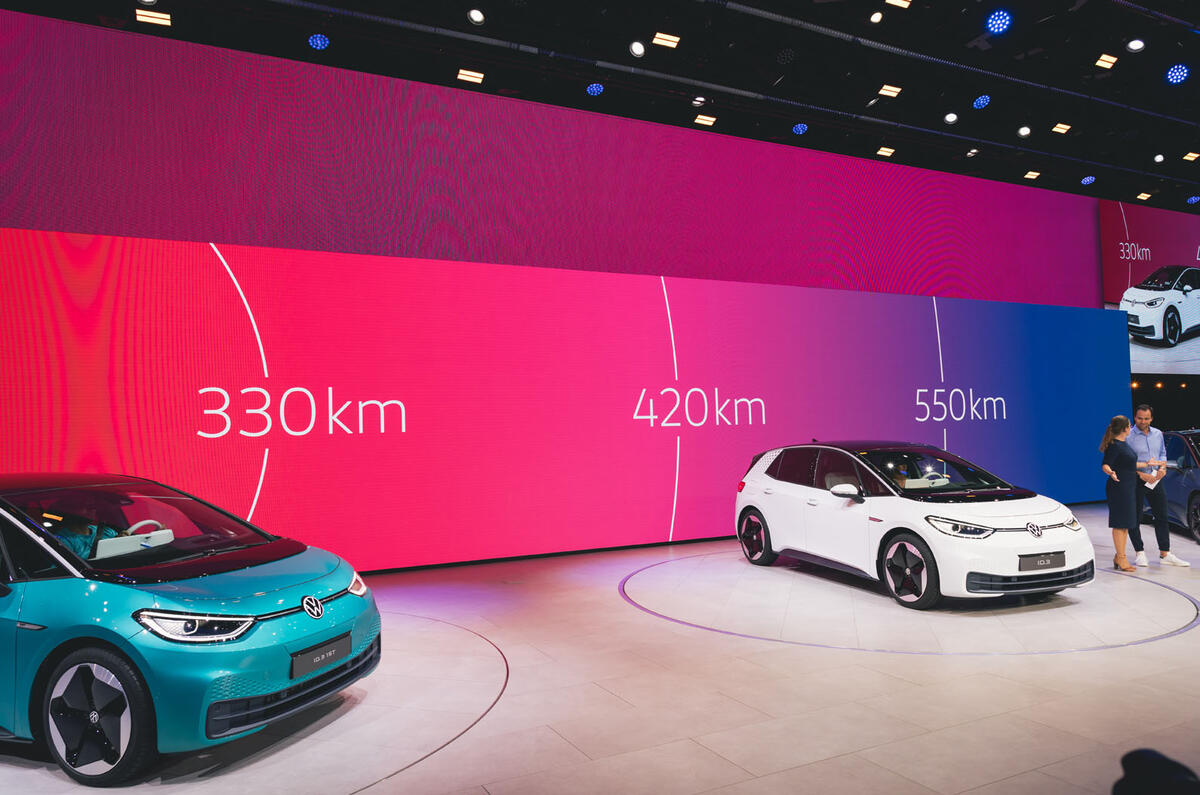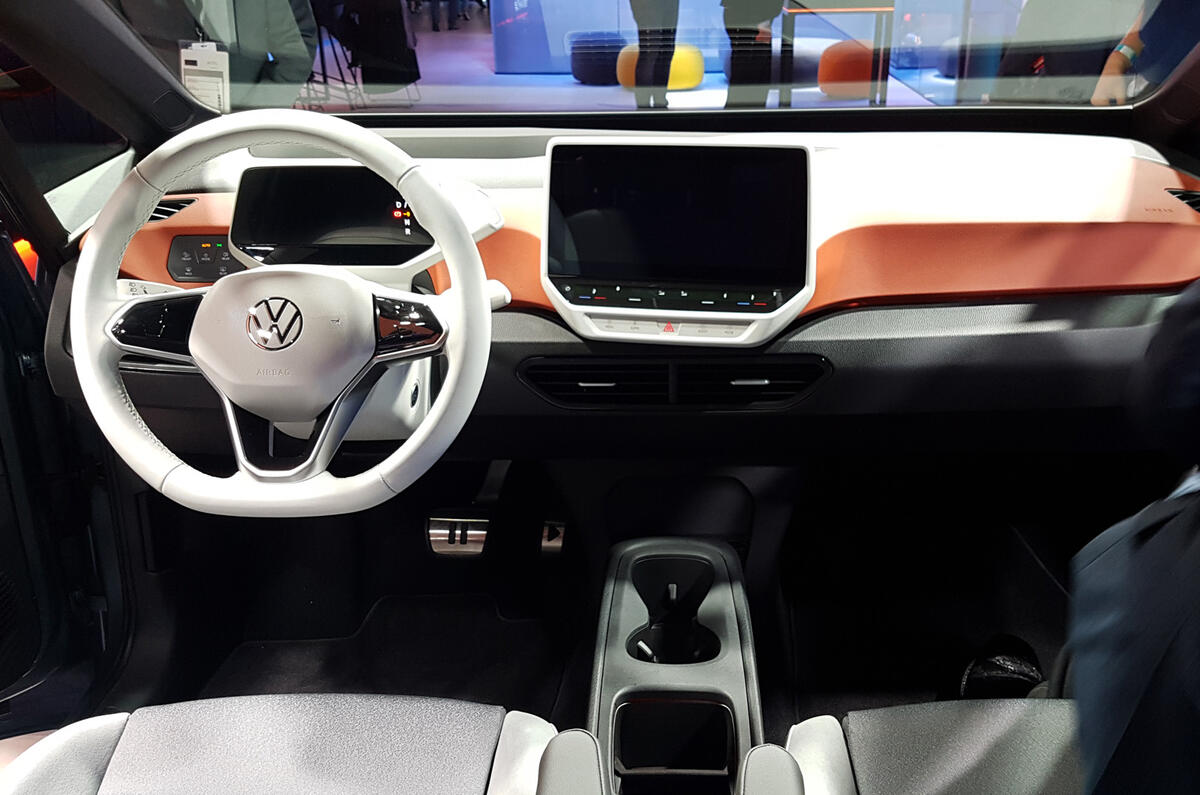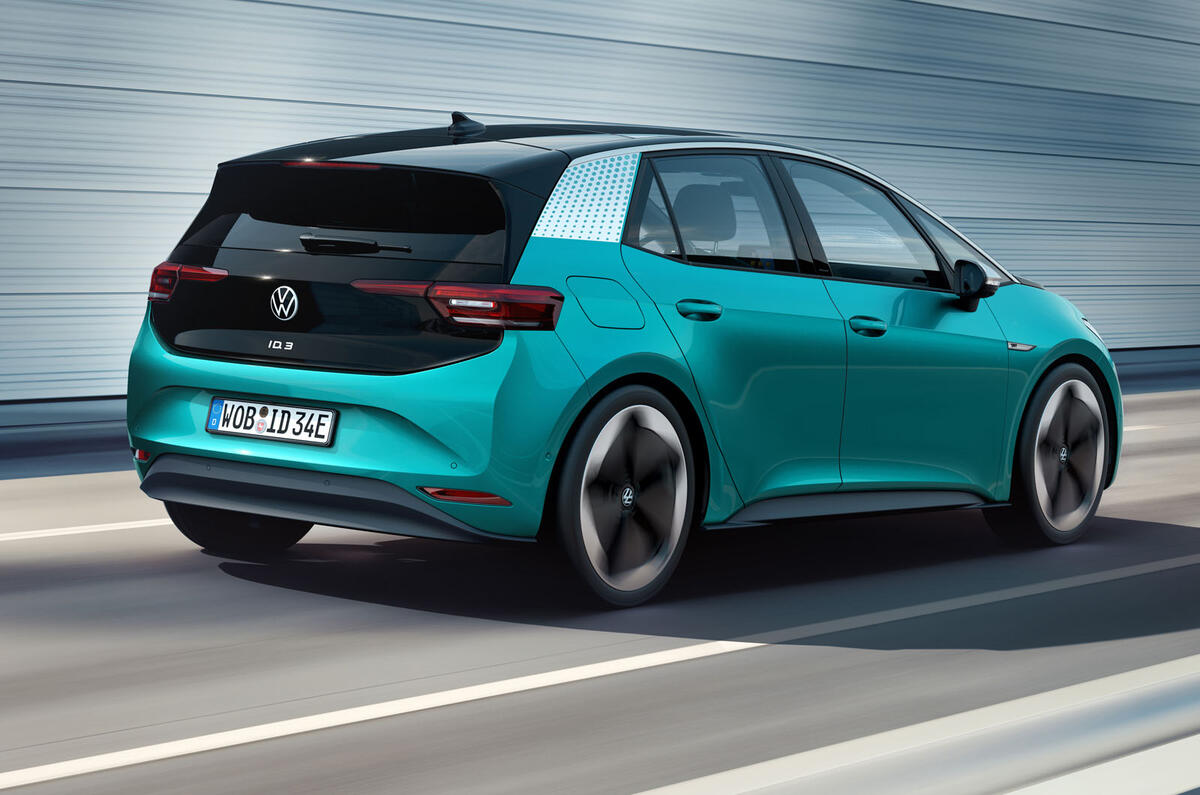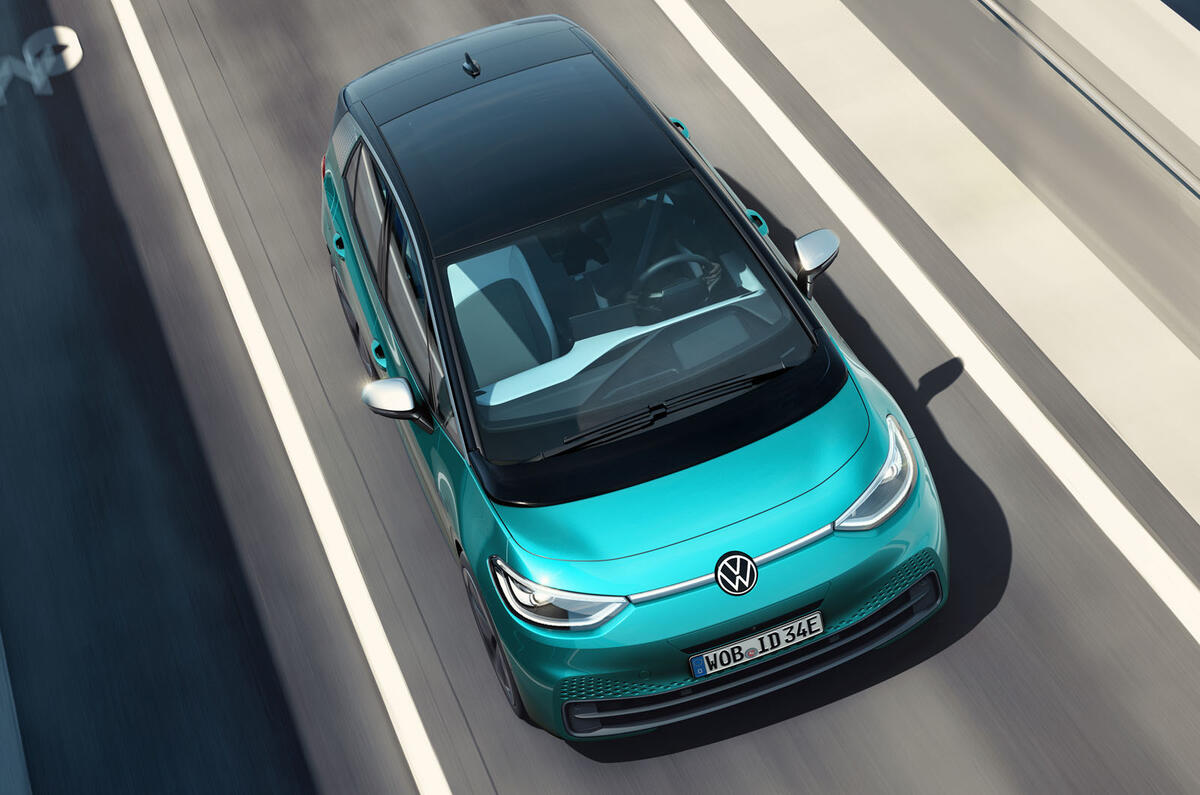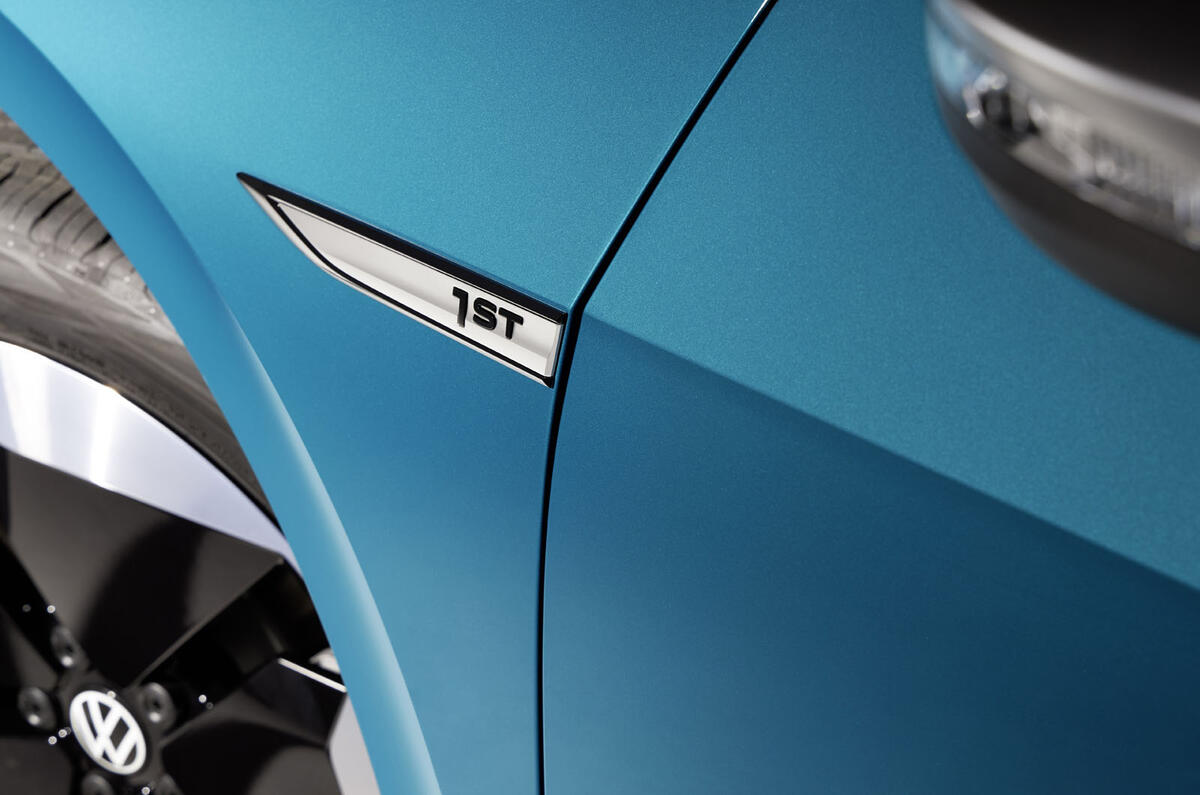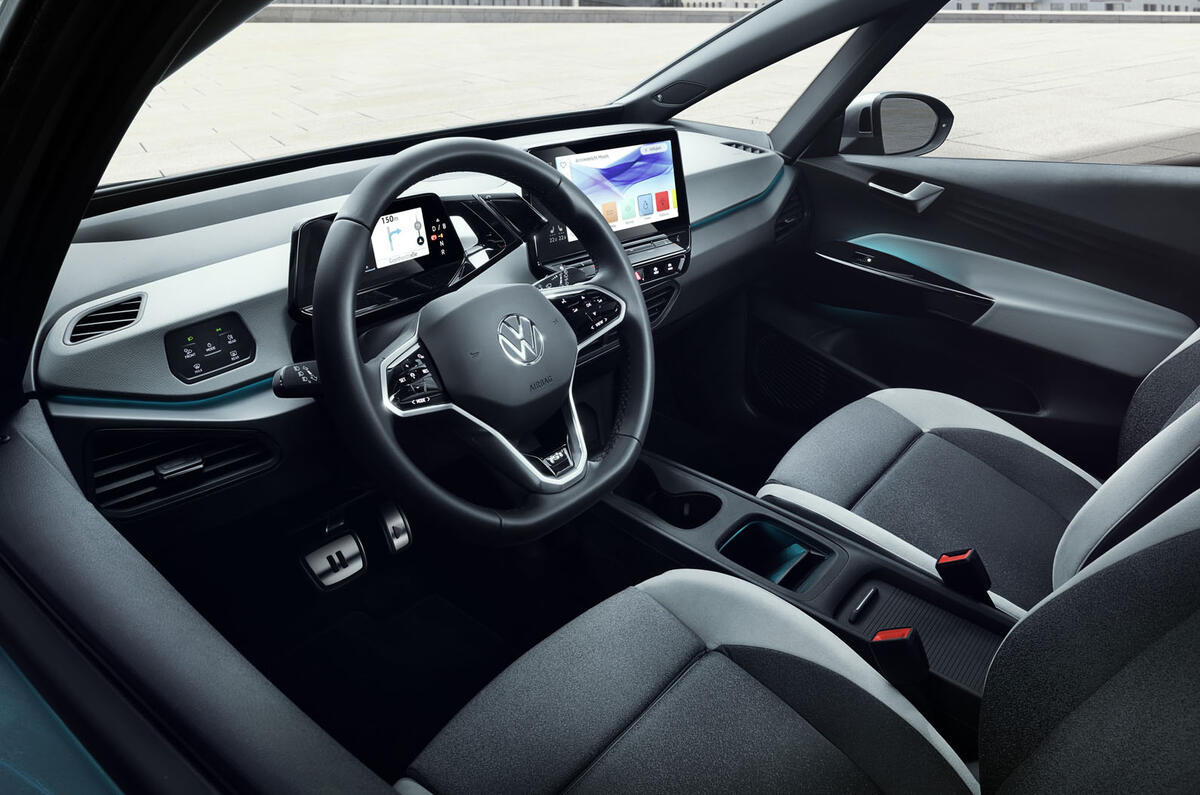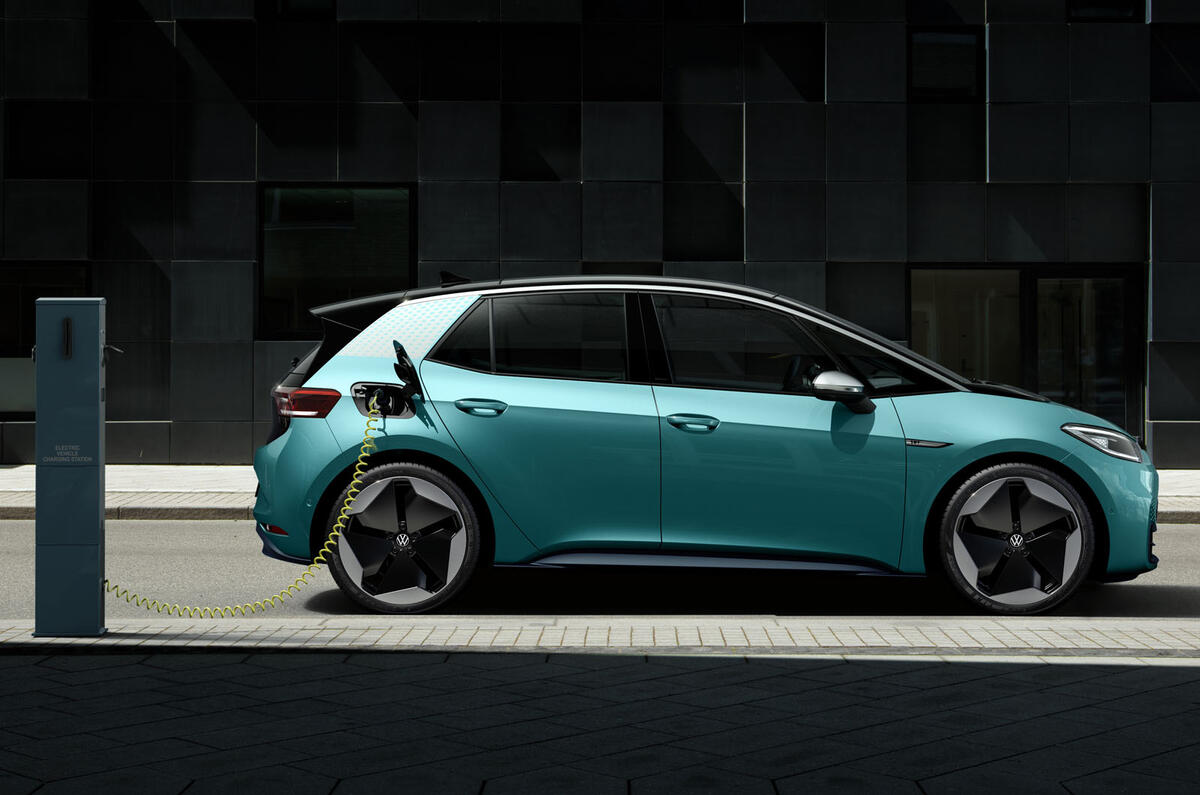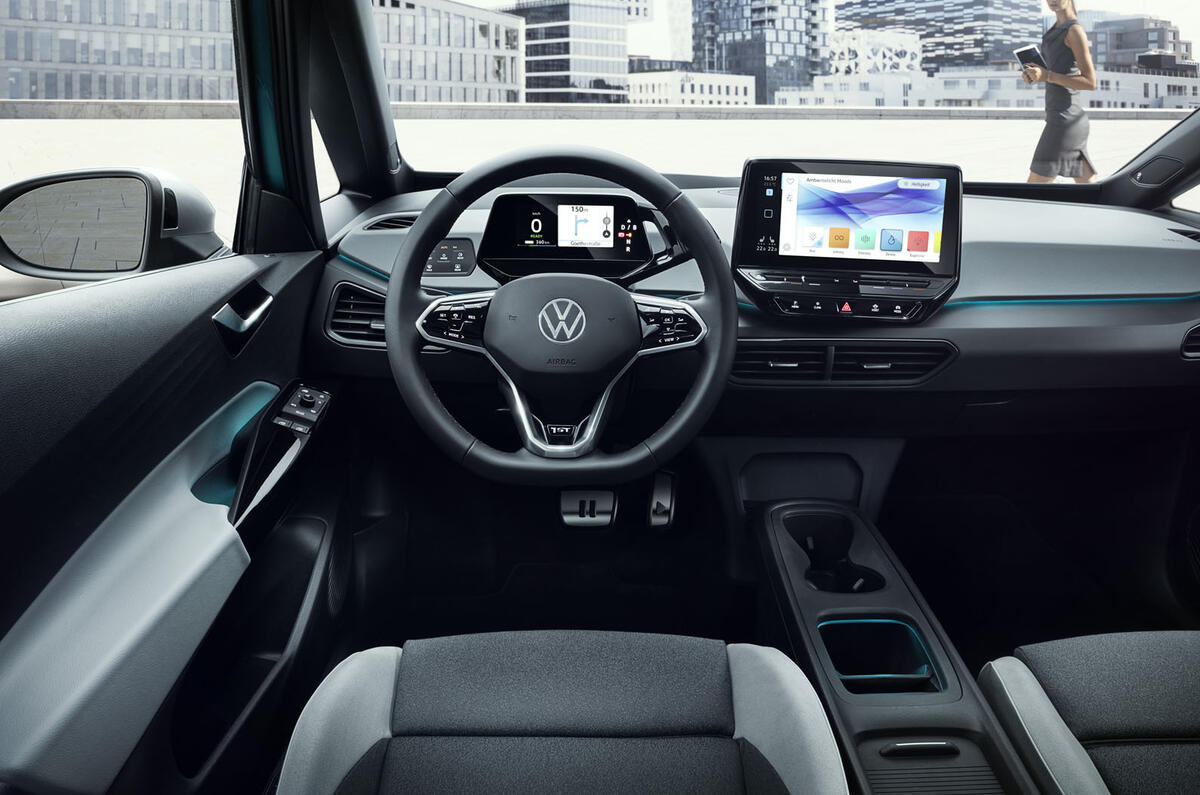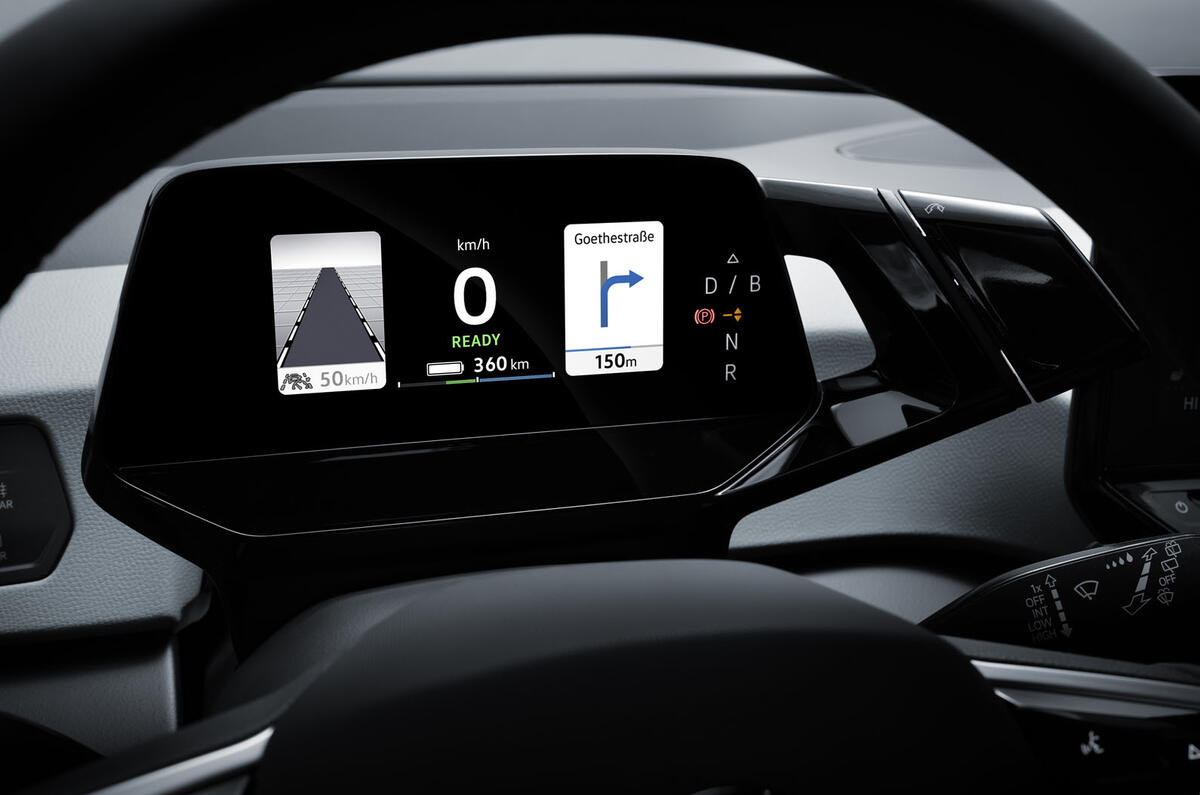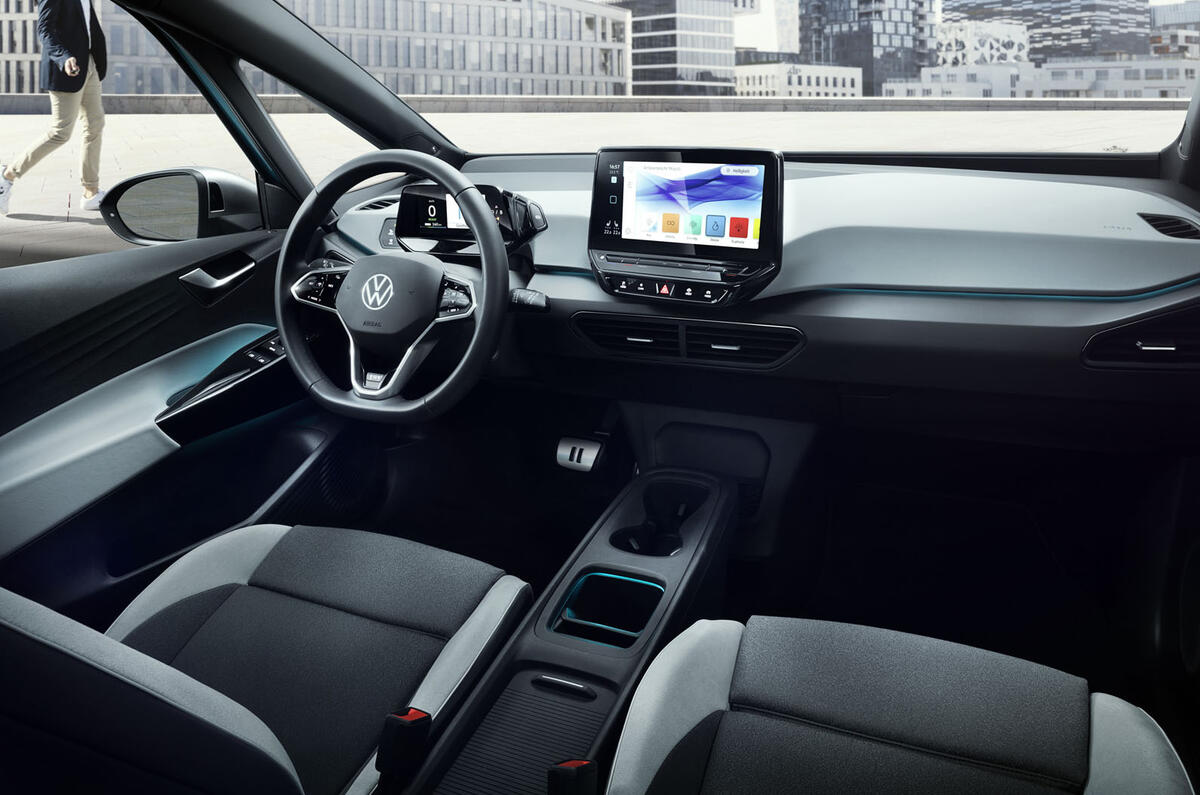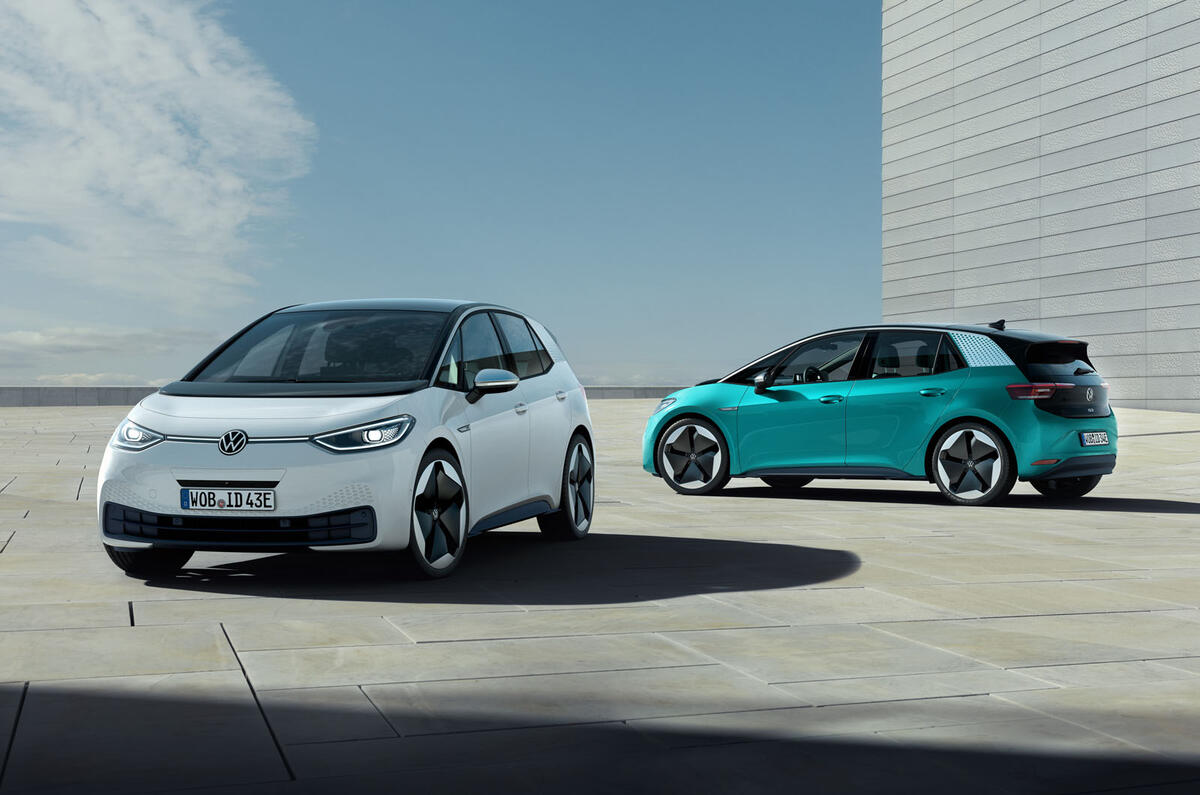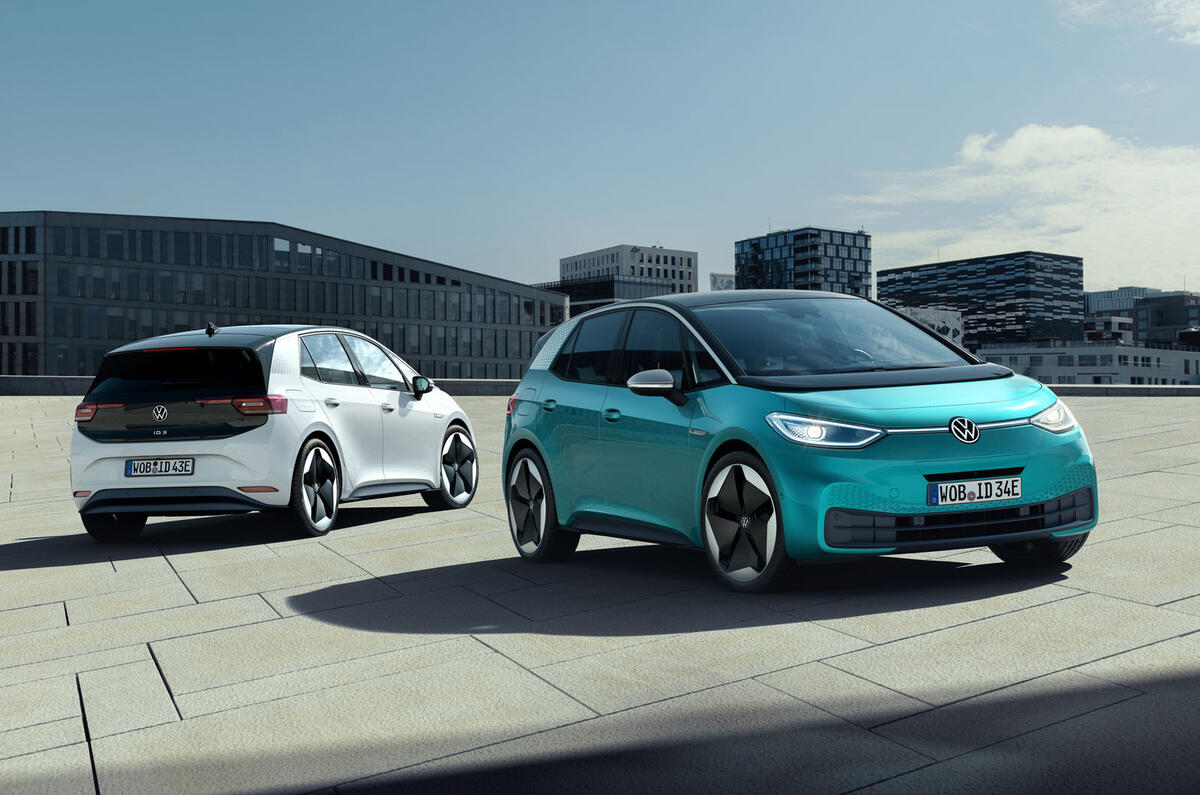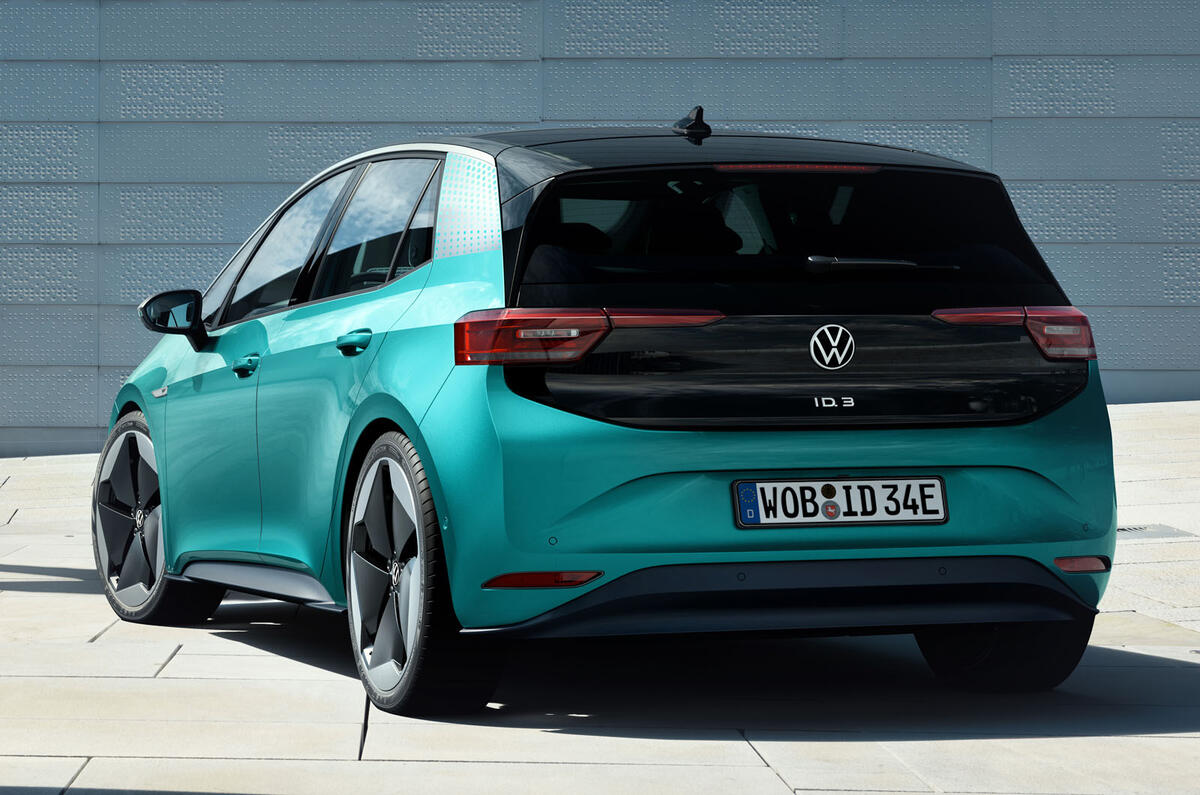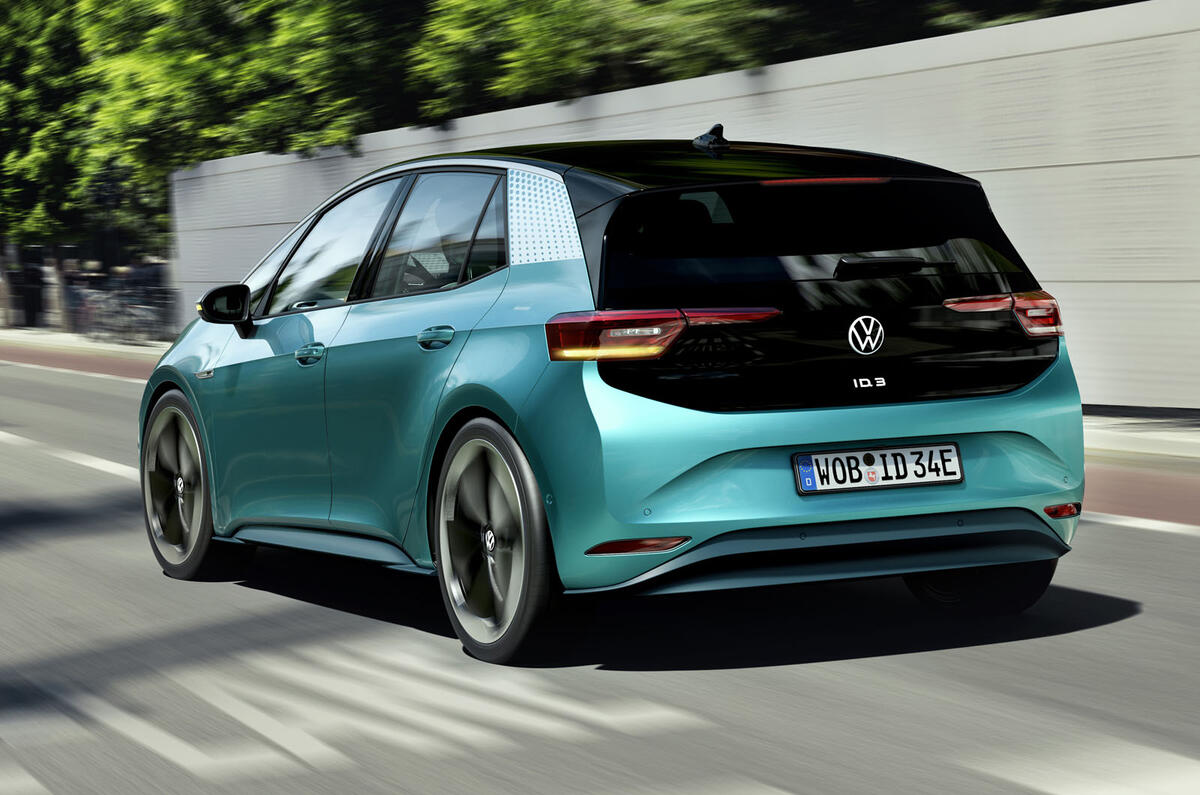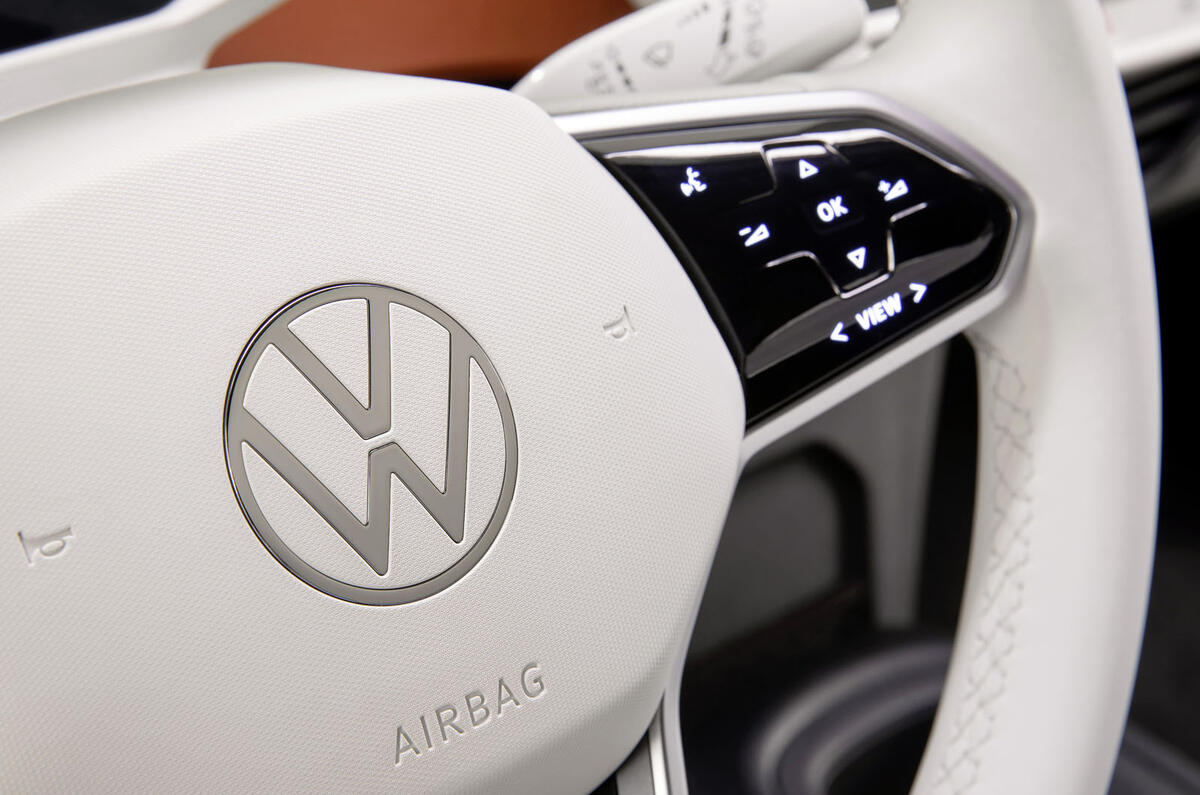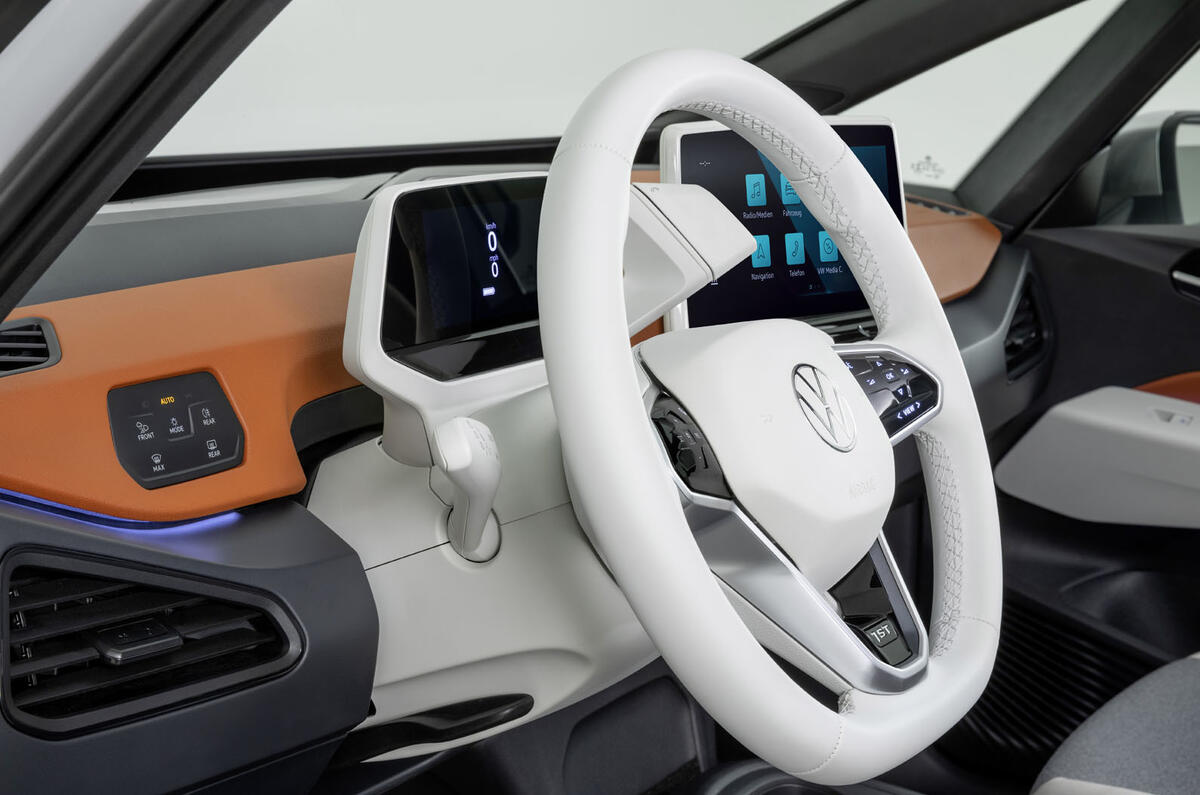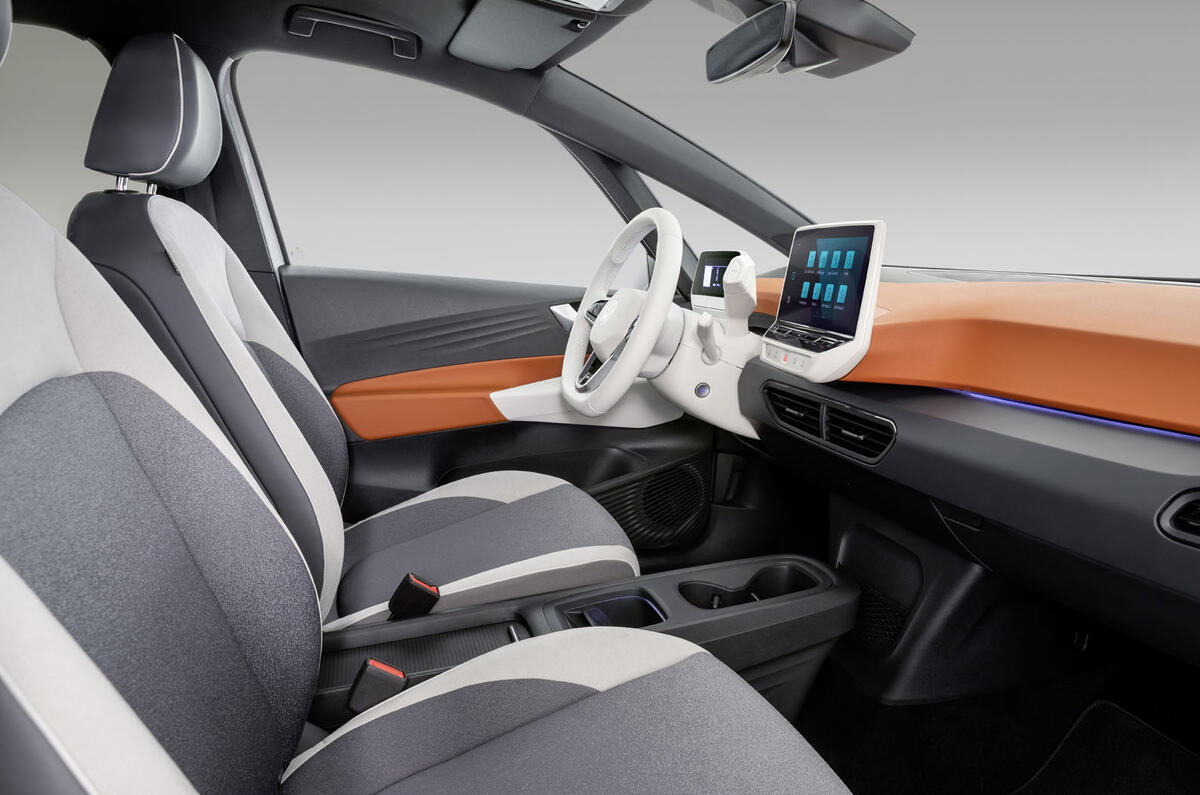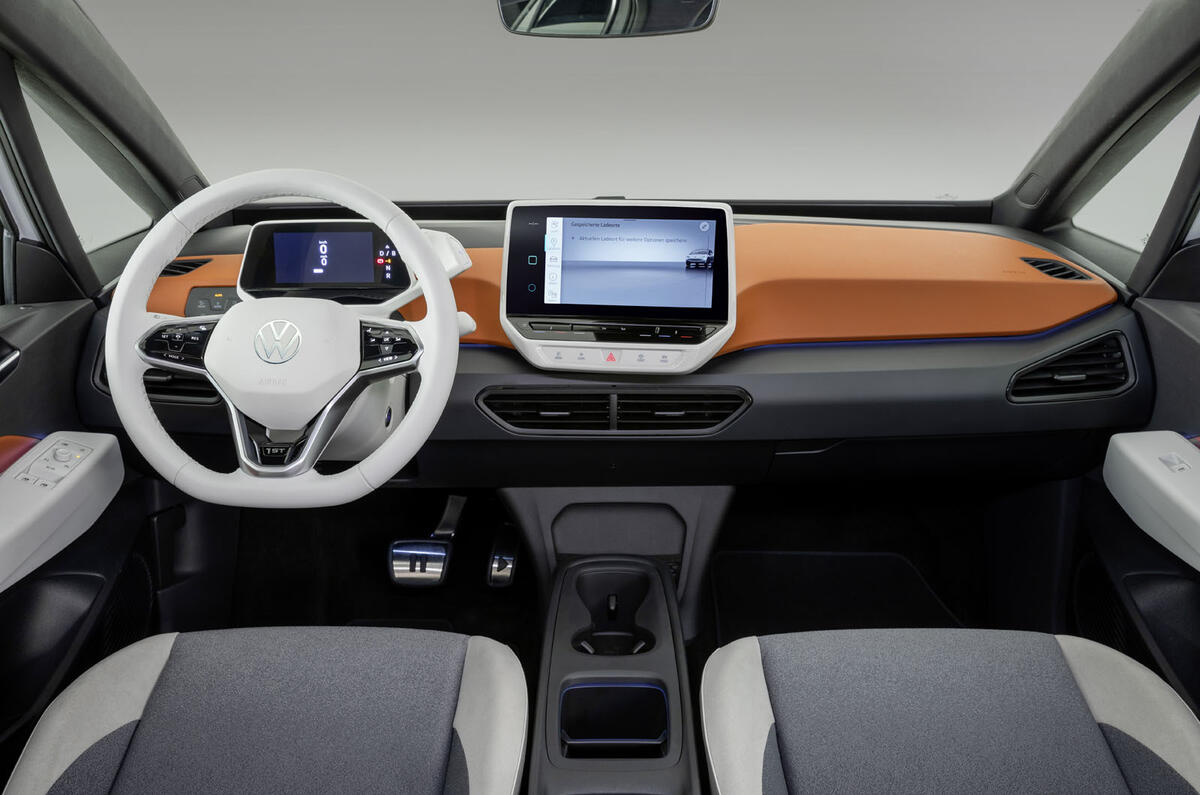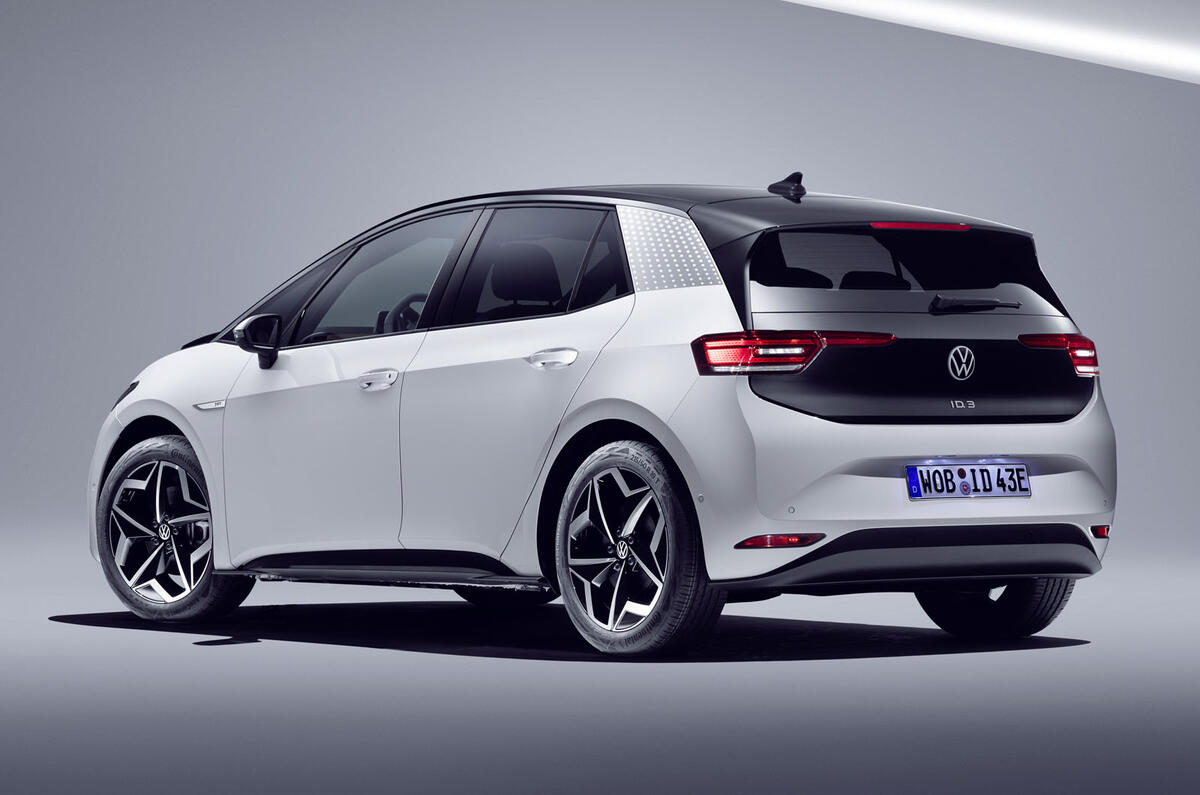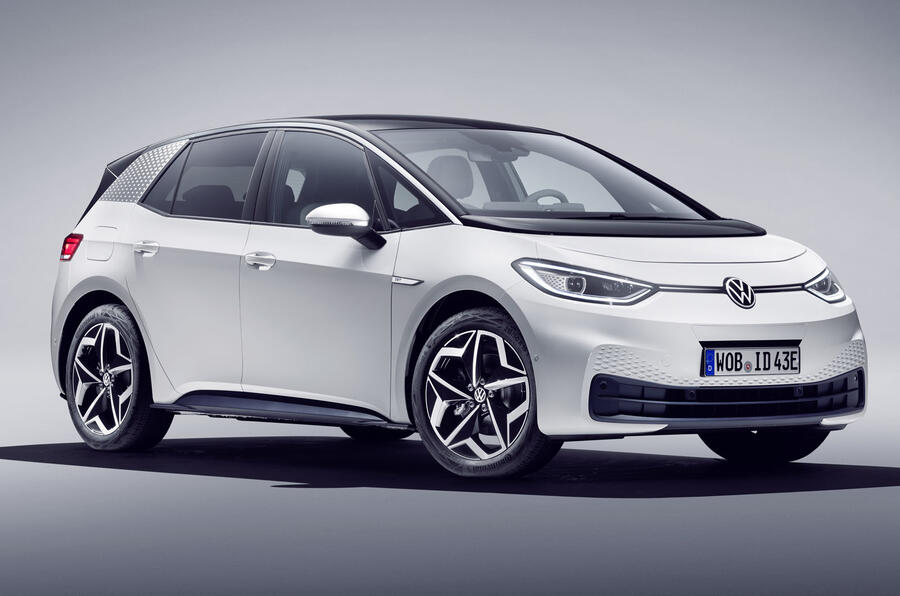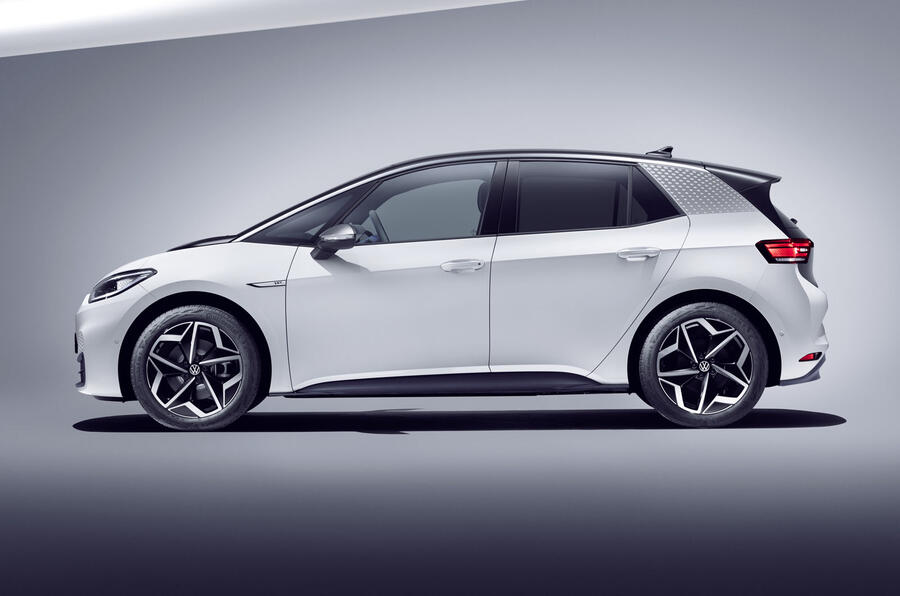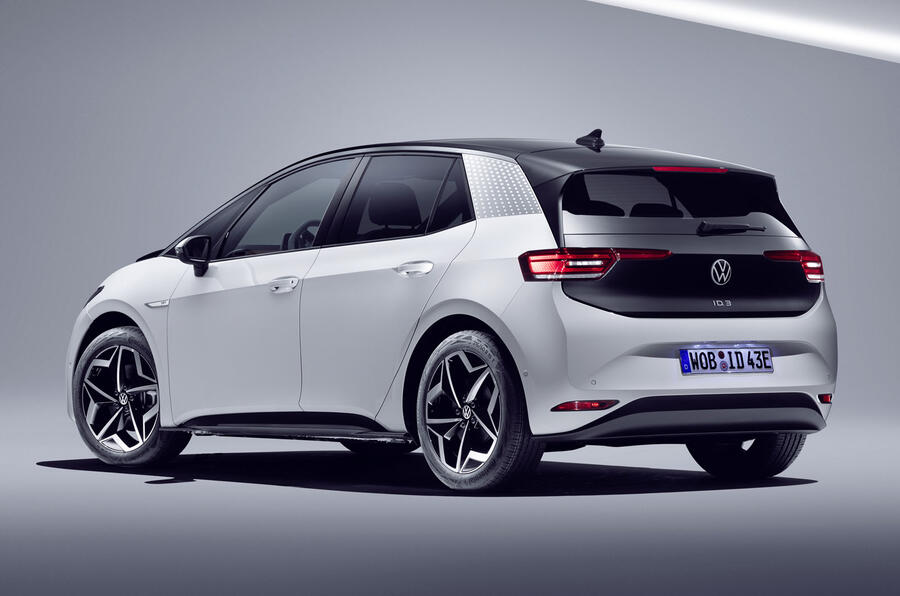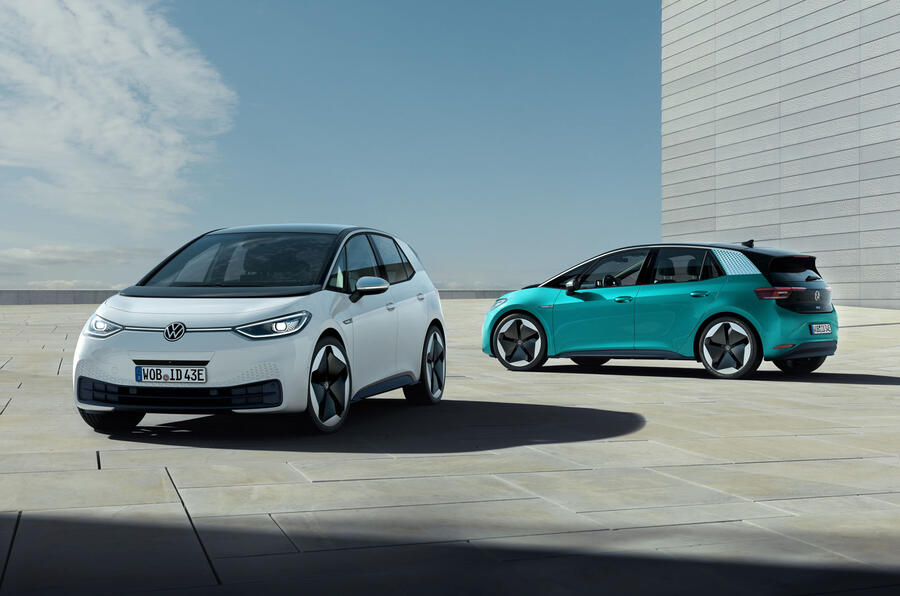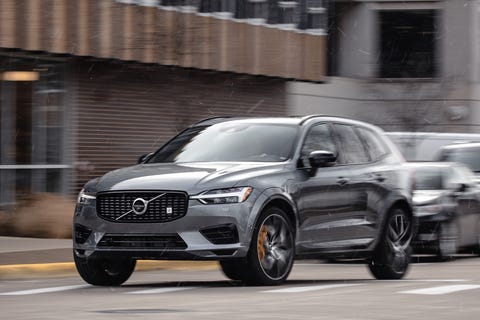
2020 Volvo XC60 T8 Polestar: The Quick One is the Hybrid.
By
15:28

The 2020 Volvo XC60 compact crossover
now comes in T8 Polestar Engineered flavor. Aside from the strange
name, you get a handsome and luxurious plug-in hybrid with 415
horsepower on top and a manually adjustable suspension like you'd find
on a race car. Pretty amazing, right??
Break Out the Tools
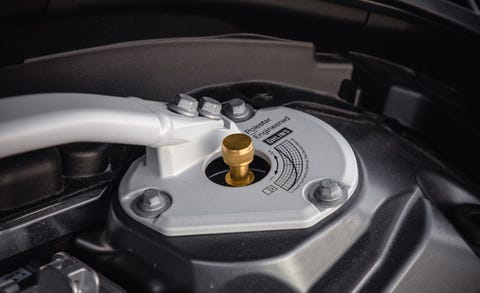 Yes, here's a Volvo
that is a plug-in hybrid, a high-performance sport-ute, and an everyday
compact luxury crossover rolled into one by the automaker's in-house
tuner, Polestar. Easily the zaniest aspect of the XC60's Polestar
Engineered treatment are the manually adjustable Öhlins dampers, which
require opening the hood to turn the single knob that adjusts rebound
and compression for the front and a dainty hand to reach a similar dial
in the wheel well to adjust the rear. Unlike the adaptive suspensions
offered on other Volvos, in which you can select comfortable and
sportier settings via a button inside the car, T8 Polestar owners won't
be able to fiddle with their settings on the fly. This isn't the first
time Volvo has included this feature on a production car (the
previous-generation S60 and V60 Polestar models featured them), but this is the first time we've seen them on a compact crossover. The newly christened Polestar 1 also features similar dampers.
Yes, here's a Volvo
that is a plug-in hybrid, a high-performance sport-ute, and an everyday
compact luxury crossover rolled into one by the automaker's in-house
tuner, Polestar. Easily the zaniest aspect of the XC60's Polestar
Engineered treatment are the manually adjustable Öhlins dampers, which
require opening the hood to turn the single knob that adjusts rebound
and compression for the front and a dainty hand to reach a similar dial
in the wheel well to adjust the rear. Unlike the adaptive suspensions
offered on other Volvos, in which you can select comfortable and
sportier settings via a button inside the car, T8 Polestar owners won't
be able to fiddle with their settings on the fly. This isn't the first
time Volvo has included this feature on a production car (the
previous-generation S60 and V60 Polestar models featured them), but this is the first time we've seen them on a compact crossover. The newly christened Polestar 1 also features similar dampers. The rest of the Polestar
Engineered package is made up of more straightforward performance
trimmings. In addition to the one-rung-down XC60 T8 trim,
the Polestar package adds a set of lightweight 21-inch forged-aluminum
wheels (22s are optional for $800), summer performance tires, a brace
for the front structure, blacked-out exterior trim, and Akebono brake
hardware (upsized in front with 14.6-inch rotors clamped by six-piston
calipers). Polestar likes to trim things in gold, which explains why the
brake calipers and seatbelts are gold.
The rest of the Polestar
Engineered package is made up of more straightforward performance
trimmings. In addition to the one-rung-down XC60 T8 trim,
the Polestar package adds a set of lightweight 21-inch forged-aluminum
wheels (22s are optional for $800), summer performance tires, a brace
for the front structure, blacked-out exterior trim, and Akebono brake
hardware (upsized in front with 14.6-inch rotors clamped by six-piston
calipers). Polestar likes to trim things in gold, which explains why the
brake calipers and seatbelts are gold.
The standard
XC60 T8, rolling on 20s with 255/45R-20 Continental CrossContact LX
Sport all-season tires, managed 0.84 g. The Polestar variant also can
stop from 70 mph in 158 feet, or six feet shorter than the regular
model.
A Polestar-tuned engine computer extracts an
additional 15 horsepower and 22 lb-ft of torque from the T8's
turbocharged and supercharged 2.0-liter inline-four. With the same 87-hp
electric motor and 11.6-kWh lithium-ion battery used in the regular
XC60 T8, the Polestar's combined output rises to 415 horses and 494
lb-ft.
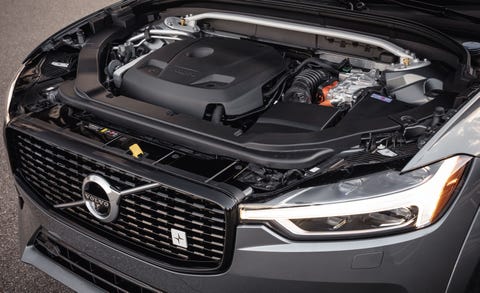 The gas engine's efforts all go to the front wheels
via an eight-speed automatic transmission (there's also an electric
motor between the engine and trans that provides some thrust but is
primarily a generator). To provide all-wheel drive, there's an electric
motor attached to the rear wheels. Compared to this XC60's rivals, the
relatively small engine and electric-motor combo is a novel way to
extract more power. Mercedes-AMG's similarly sized GLC63,
for example, delivers 469 horsepower and 479 lb-ft of torque from a
twin-turbo V-8 that's literally twice as big as the XC60's
four-cylinder.
The gas engine's efforts all go to the front wheels
via an eight-speed automatic transmission (there's also an electric
motor between the engine and trans that provides some thrust but is
primarily a generator). To provide all-wheel drive, there's an electric
motor attached to the rear wheels. Compared to this XC60's rivals, the
relatively small engine and electric-motor combo is a novel way to
extract more power. Mercedes-AMG's similarly sized GLC63,
for example, delivers 469 horsepower and 479 lb-ft of torque from a
twin-turbo V-8 that's literally twice as big as the XC60's
four-cylinder.But the Volvo's electrified powertrain means that you can plug it in and travel 19 miles on the battery (per the EPA scale). We averaged a not-terrible 21 MPGe with the T8 Polestar in our normal driving; that's a mere 1 mpg lower than we managed in a standard XC60 T8. In our 75-mph fuel-economy test, the Polestar returned 25 mpg to the regular version's 27 mpg. Some of the blame rests on the unsiped shoulders of the large and sticky tires.
Will
any owner ever take their Polestar to a racetrack and fiddle with its
fancy dampers? Probably not. Most likely, these XC60s will serve as
low-key speedy transportation, a sort of Volvo 240 Turbo or 850R wagon
for the '20s. Like the Volvos of old, there's safety equipment galore
including automated emergency braking, blind-spot monitoring, and a
lane-departure system. The interior is just as gorgeous and roomy as the
regular XC60's. You're unlikely to surprise anyone with your Volvo
unless you unleash a high-speed blast or get caught tweaking those
coil-over dampers. Otherwise, it's unlikely anyone will ever know what a
special, albeit unusual, Volvo you've got.

